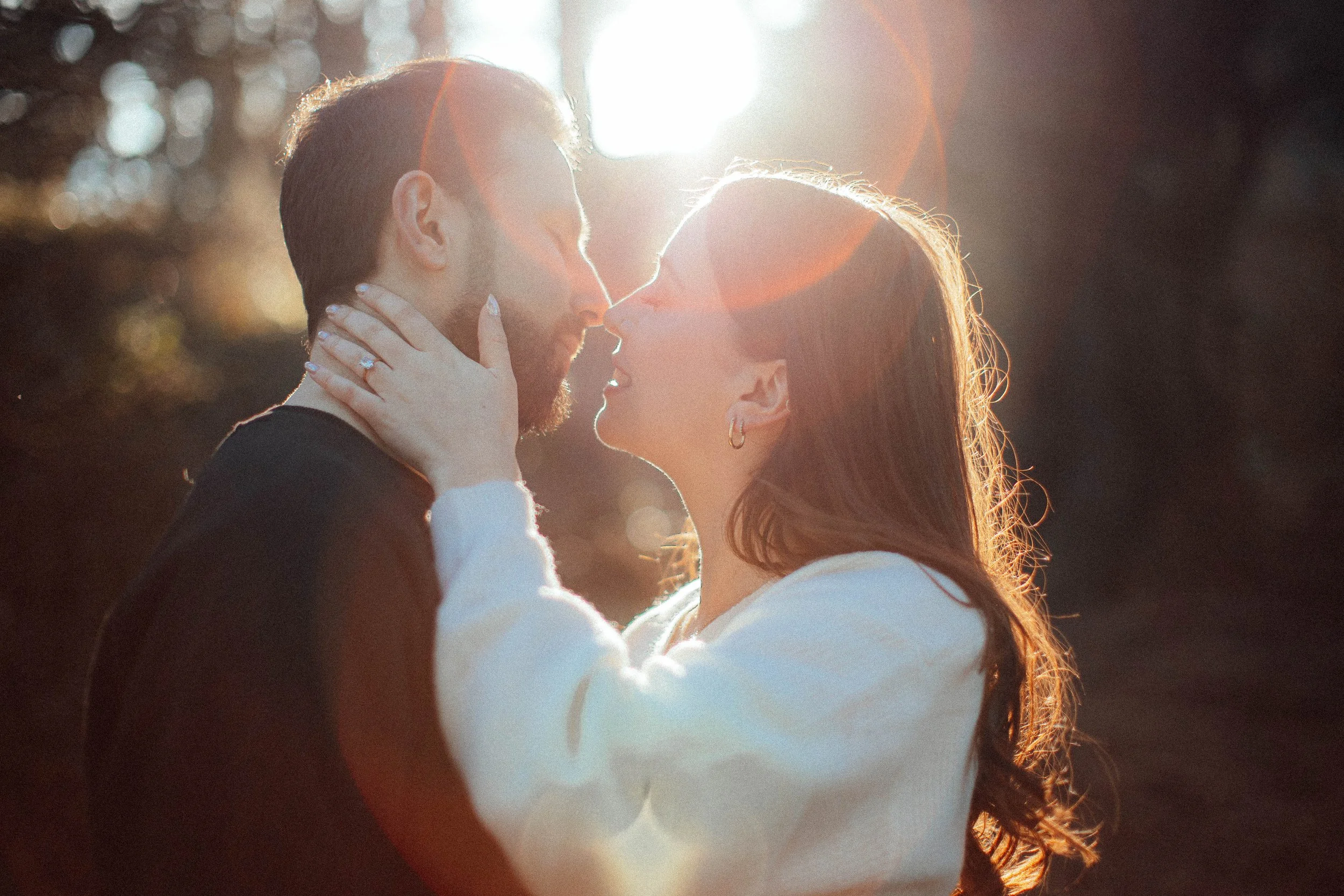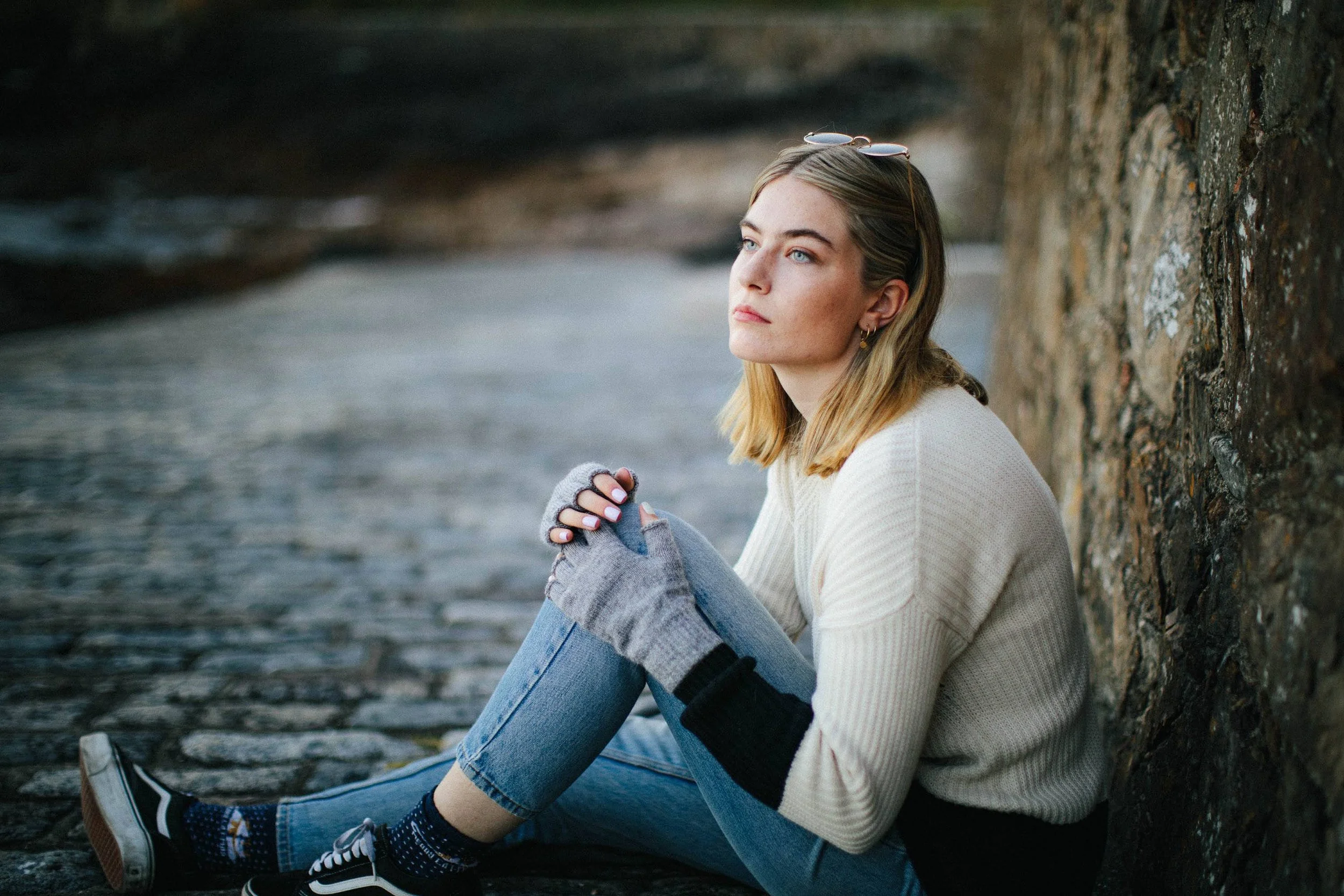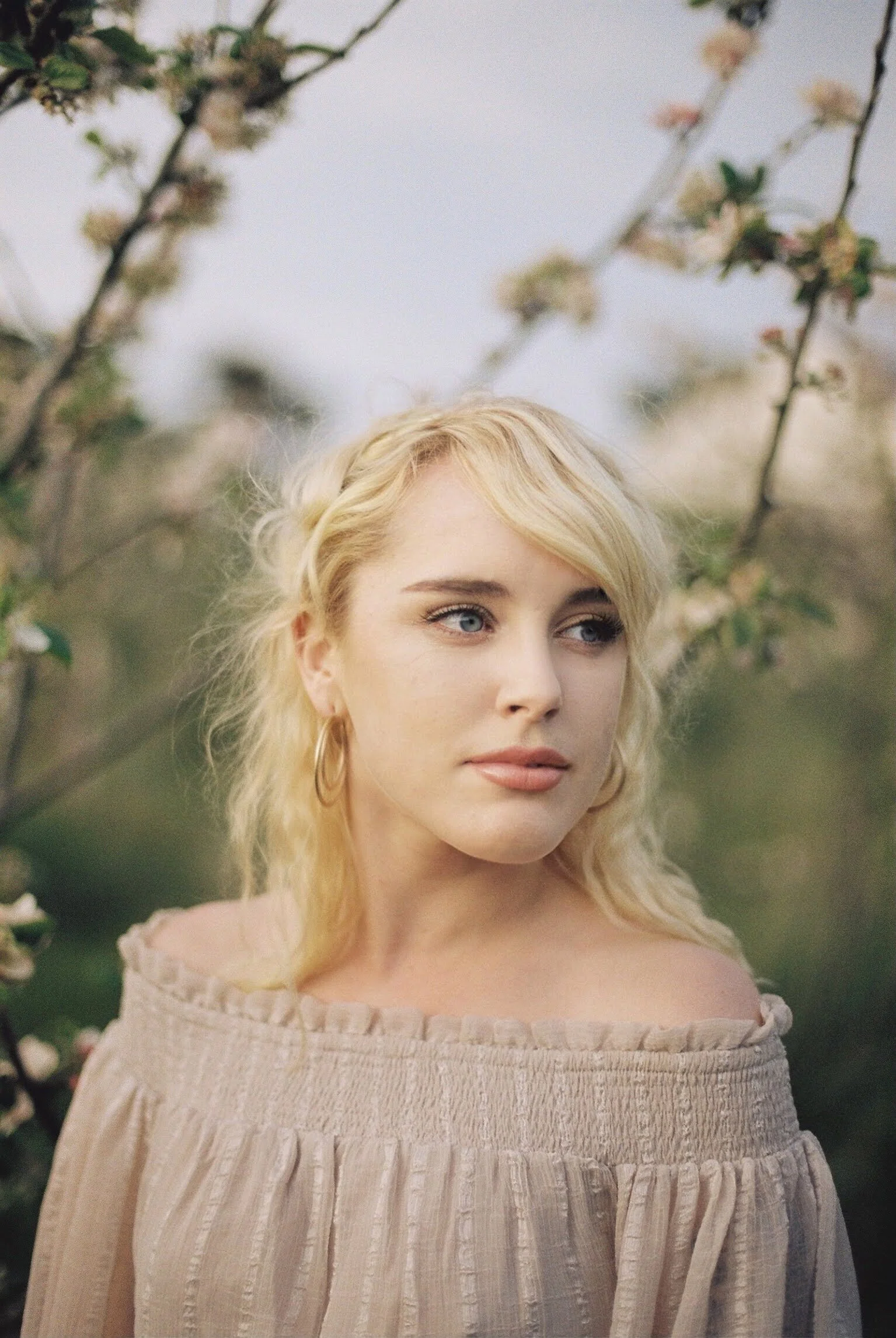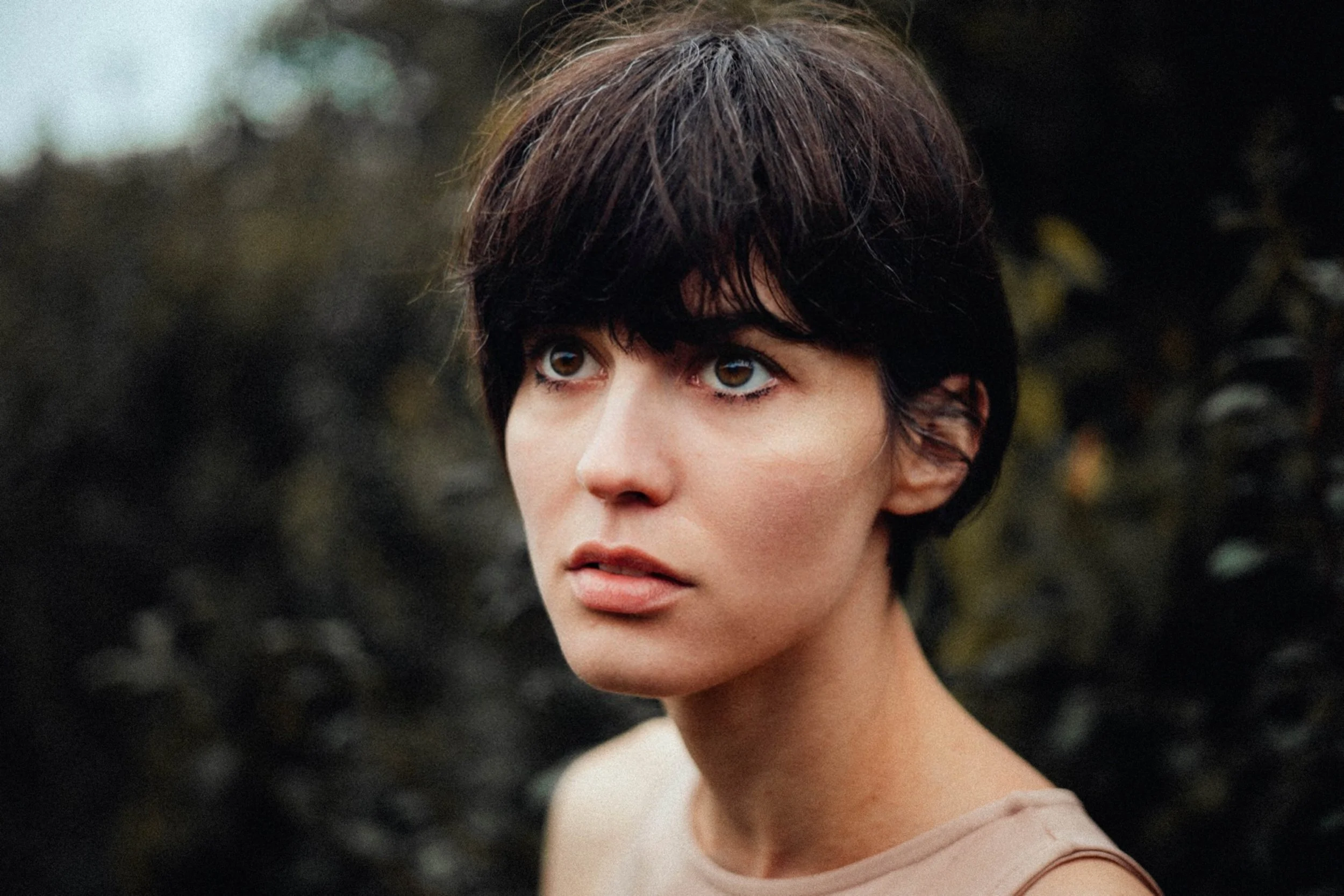The Ultimate Guide to Second-Hand Prime Lenses for Portrait Photography
Photo taken using Canon EF 85mm f/1.2L II USM
Why Choose Second-Hand Portrait Lenses?
Buying used lenses has always been one of my favourite ways to build up my photography gear. As a professional photographer, I've discovered it's not only budget-friendly but also a positive step towards sustainability—every second-hand lens purchased means less electronic waste and fewer resources needed for new manufacturing. On top of that, it has given me access to high-end lenses I might never have been able to justify buying brand-new, letting me achieve professional-quality portraits at a fraction of the usual cost.
I've found MPB particularly helpful because they thoroughly inspect and grade every lens, clearly describing its condition with photos, making the process transparent and reassuring. With warranties and easy returns, I've never worried about getting stuck with a dud, giving me the confidence to regularly invest in second-hand lenses to keep my photography fresh and creative.
Best Prime Lenses for Portrait Photography
Here’s a quick look at some fantastic second-hand prime lenses you can pick up right now:
Photo taken using Canon RF 35mm f/1.8 IS Macro
35mm – Environmental Portraits
As a portrait photographer, the 35mm lens is one of my absolute favourites for capturing people naturally within their environment. It strikes a perfect balance—wide enough to include surrounding details and context, yet not so wide that it introduces noticeable distortion. I often reach for a 35mm lens when shooting lifestyle portraits, weddings, or editorial work where the location or background plays an important role in telling the story. It allows me to work closely with subjects, creating a sense of intimacy and authenticity that longer lenses can’t quite achieve.
One lens I've loved using over the years is the Canon EF 35mm f/1.4L USM, thanks to its sharp optics and beautiful rendering of backgrounds. Another great choice, especially if you're using Canon’s mirrorless system, is the Canon RF 35mm f/1.8 IS Macro STM—it’s impressively versatile with its built-in image stabilisation and close-focusing macro capabilities, ideal for detailed, creative portraits.
Canon EF 35mm f/1.4L USM – Beautiful depth and colour, ideal for storytelling portraits.
Canon RF 35mm f/1.8 IS Macro STM – Versatile and compact, great for Canon mirrorless users.
Photo taken using Canon EF 50mm f/1.2L USM
50mm – The Versatile Classic
I honestly can't remember the last time I went on a shoot without a 50mm in my bag—it practically never leaves my camera. Known affectionately as the "nifty fifty," this focal length closely matches how the human eye naturally sees the world, giving portraits a realistic and pleasing perspective. I love using it because it’s incredibly versatile; I can shoot everything from intimate headshots to half-body portraits and still include a sense of the environment without distortion.
My go-to choices here are the classic Canon EF 50mm f/1.2L USM which offers incredible depth-of-field control and stunning low-light performance—and the more budget-friendly yet surprisingly sharp Canon EF 50mm f/1.8 STM, perfect if you're just starting out or looking for a compact, reliable backup. It’s a little more fragile but takes amazing images.
Canon EF 50mm f/1.8 STM – Sharp, affordable, lightweight.
Canon EF 50mm f/1.2L USM – Professional choice with incredible background blur and quality.
Photo taken using Canon EF 85mm f/1.2L II USM
85mm – The Portrait Pro Favourite
If there's one lens that instantly screams "portrait," it's the 85mm prime. For me, it’s the perfect sweet spot, enough reach to create flattering facial compression, without needing to shout instructions across the room. At wider apertures, backgrounds melt away into smooth, dreamy bokeh, allowing subjects to really pop. It’s the lens I trust for beautiful, professional-looking headshots and intimate portraits, and it’s never let me down.
I've had fantastic results with the Canon EF 85mm f/1.8 USM, especially given its exceptional sharpness for such an affordable price. But when I want that extra special magic, the Canon EF 85mm f/1.2L II USM is unbeatable, the way it handles colour, contrast, and depth of field is genuinely special, delivering images that clients always love.
Canon EF 85mm f/1.8 USM – Budget-friendly, fast autofocus, sharp images.
Canon EF 85mm f/1.2L II USM – Dream lens for ultra-smooth bokeh and stunning low-light performance.
Photo taken using Canon EF 135mm f/2L USM
135mm – Beautiful Backgrounds
When I’m aiming for striking portraits with a cinematic feel, I reach for the 135mm lens. This focal length is fantastic for creating dramatic background compression and beautifully isolating subjects from their surroundings. I particularly love it for outdoor shoots or candid portraits, as it lets me photograph discreetly from a distance, capturing genuine, relaxed expressions.
The Canon EF 135mm f/2L USM is a lens I rely on constantly, it’s fast, one of canon’s sharpest, and produces dreamy background blur that instantly elevates any portrait. It’s definitely one of my top lenses when I’m shooting candid, natural portraits and need that extra bit of reach to get just the right framing.
Canon EF 135mm f/2L USM – Classic lens, superb sharpness, and beautiful bokeh at an unbeatable price.
Photo taken using Canon EF 50mm f/1.2L USM
Quick Lens Combos for Effortless Sessions
Over the years, I’ve found that pairing prime lenses gives me the best of both worlds: simplicity and flexibility. With just two focal lengths in my bag, I can move quickly, adapt to changing situations, and keep things lightweight—especially important when working long days or shooting in natural light. These are my most trusted pairings:
35mm + 85mm: Context and Character - This is a classic setup for portrait photographers who like to work with both environmental storytelling and detailed close-ups. I often recommend this combo to people shooting editorial or lifestyle portraits. The 35mm gives you space to include backgrounds and surroundings perfect when the setting is as important as the subject. Then you can switch to the 85mm when you want to hone in on expressions and bring out that lovely, flattering compression. It’s also a handy combo in tighter spaces, like home shoots or small studios, where you still want to achieve a variety of intimate looks without stepping too far back and losing that connection to your subject.
50mm + 135mm: My Go-To for Portraits and Candid Work - This is my personal favourite combination, especially for portrait sessions and outdoor shoots. I use the 50mm for general portraits everything from waist-up to full-body shots thanks to its natural perspective and ability to work well in most lighting conditions. It’s also great when I want to stay close to my subject and keep that direct more intimate connection during the shoot.
The 135mm, though, is the secret weapon. It’s ideal for candid moments letting me step back, blend into the background, and catch genuine expressions without interrupting the flow. Whether I'm photographing someone laughing with their partner, walking through a location, or just enjoying a quiet moment, the 135mm lets me capture it with gorgeous background separation and a timeless, cinematic feel. It’s especially useful when I’m shooting weddings, events, or street-style portraits and want to move unobtrusively while still getting those standout, high-impact images.
Photo taken using a vintage 50mm
Creative Options: Vintage & Adapted Lenses
One of the things I’ve really enjoyed exploring in recent years is shooting with vintage and adapted lenses. There’s something rewarding about the slower, more considered process—and the images you get often have a distinct personality that modern glass doesn’t always replicate. Slight softness, unique lens flare, swirly bokeh, lower contrast—all of these traits can add a creative edge to your portraits, especially when you're looking to break out of a clean, clinical style.
I’ve used everything from old Soviet lenses like the Helios 44-2 to more classic Japanese glass like Takumars and Canon FD primes. Adapted to modern mirrorless bodies, these older lenses are surprisingly capable. The images don’t just look different—they feel different, and sometimes that’s exactly what a shoot needs.
MPB regularly stocks adapters that make this whole process easier. If you’re shooting Canon mirrorless like I am, the Canon Mount Adapter EF-EOS R is essential for using EF glass on an RF body. It’s seamless—autofocus, aperture control, EXIF data, everything works. If you’re adapting other brands, MPB also lists third-party adapters like the Sigma MC-11 EF to Sony E, which lets you use Canon lenses on Sony mirrorless bodies with great compatibility.
For fully manual vintage lenses, all you need is a simple mechanical adapter—no electronics, just a solid connection. other places like Ebay sometimes carries adapters for M42, Nikon F, Minolta, Olympus OM, and other legacy mounts. These let you experiment with lenses that have their own unique rendering, often for under £100 total.
Using vintage lenses has definitely shaped some of my personal projects. They slow me down in a good way, make me think more carefully about composition and focus, and the imperfections often become part of the charm. If you’re looking to add something different to your portrait work, adapting vintage glass is a great place to start—and second-hand is the best (and most affordable) way to dive in.
Photo taken using Canon EF 50mm f/1.2L USM
Buy Smart, Shoot Great
Investing in second-hand prime lenses means capturing better portraits without blowing your budget. Happy shooting!







